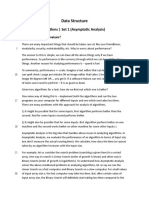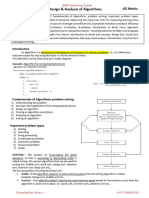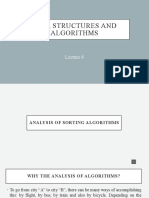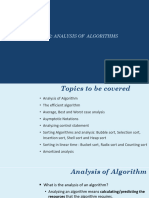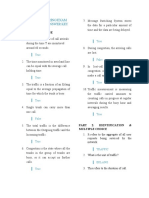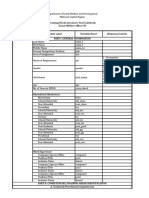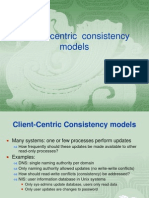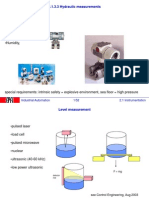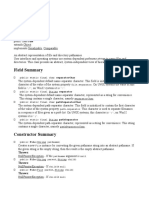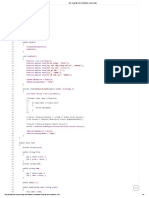0% found this document useful (0 votes)
25 views2 pagesAssignment in DSA
The document discusses asymptotic analysis and analyzing the best, average, and worst case time complexities of algorithms. It provides examples of analyzing insertion sort, quicksort, heapsort, and bogosort. It also defines asymptotic notations and compares time complexities of different sorting techniques.
Uploaded by
norhamdi.samsonCopyright
© © All Rights Reserved
We take content rights seriously. If you suspect this is your content, claim it here.
Available Formats
Download as DOCX, PDF, TXT or read online on Scribd
0% found this document useful (0 votes)
25 views2 pagesAssignment in DSA
The document discusses asymptotic analysis and analyzing the best, average, and worst case time complexities of algorithms. It provides examples of analyzing insertion sort, quicksort, heapsort, and bogosort. It also defines asymptotic notations and compares time complexities of different sorting techniques.
Uploaded by
norhamdi.samsonCopyright
© © All Rights Reserved
We take content rights seriously. If you suspect this is your content, claim it here.
Available Formats
Download as DOCX, PDF, TXT or read online on Scribd
/ 2
